Tracking Best Practices: Gospel Vocals on “The Weather” by Lawrence
“We so believe that a great performance makes a great recording.”
When a band and a studio make a perfect match, magic happens. You can hear it in action on an emotionally moving tracking session that happened in New York City.
Back in February, the band known as Lawrence, led by sibling duo Clyde and Gracie Lawrence, came to Short Stack in Greenpoint, Brooklyn. A recording studio and creative space with a decidedly homespun feel, Short Stack captured a gorgeous gospel-acoustic version of the group’s tender track “The Weather.”
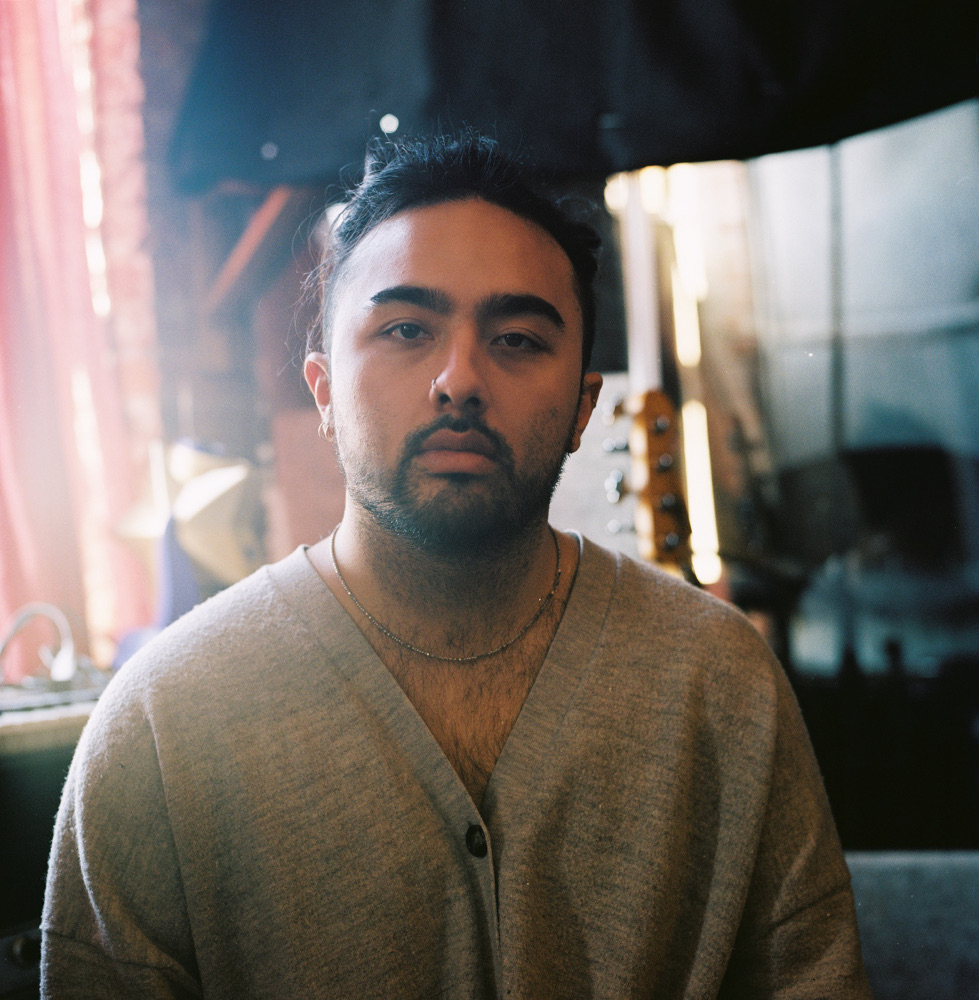
Peter Enriquez is co-founder of Short Stack studios in Greenpoint, Brooklyn. (Photo credit: Tiffany Ng)
Founded by college friends Peter Enriquez and Grant Meyer and launched in late 2018, Short Stack set out to make the most of a relatively small space. But this sun-filled room is capable of capturing big sounds if desired, all depending on the sonic strategy that’s meticulously mapped out for each session. Their team of cohorts includes a hive of emerging audio engineers and digital artists, such as Isaiah Hazzard, the studio’s in-house drummer and a frequent collaborator.
As you’ll see in this latest edition of “Tracking Best Practices”, Short Stack is happy to work within the imperfections and limitations of their distinctive live room in deference to the big picture. In addition to mapping out the best sound, they’re also adept at planning for video production, an increasingly valuable asset in a time when studios must multitask better than ever before.
Be sure to listen to and view the video below of this gospel acoustic version of “The Weather” recorded at Short Stack. (And compare it with the official single version if you’d like). Enriquez provides a thorough breakdown of the vocal mic choices, vocal mic placement, and piano recording techniques. His audio engineering insights complement this memorable session, where Lawrence delivers an epic performance packed with soul, fragility, power, and joy—right before your very ears and eyes.
Whether or not your studio is hosting live recording sessions with clients at this moment this Q&A provides plenty of inspiration, and not just from technical tips. Read on and shine on with “The Weather.”

Can you give us the quick take on ShortStack? When was the studio founded, and why did you start it?
Grant and I met early on freshman year of college, and began our journey as engineer/producers together. After finishing school in 2016, we went our separate ways to do our master’s degrees then reconnected on tour together the following summer.
We hadn’t seen each other or really spoken in a little over a year and one day in Columbus, Ohio, when discussing what we would do after we finished school, we devised the genesis of Short Stack.
We envisioned a studio that prioritized musicians’ and artists’ creativity, performance, and composition before technicality, acknowledging that a good recording stems from a good performance. We wanted to reject the stereotype of the know-it-all producer/engineer that our friends and colleagues had complained about in their past studio experiences. Our priority was and still is to make our artists feel comfortable, supported, and empowered in their recording journey.
We spent the next year planning remotely both our concept and logistics of how we could create such a space that supports this mission while on a budget. We settled in Greenpoint, Brooklyn about a year later in August of 2018, then spent about three months working basically all day every day to build out the studio, all the while gigging professionally and teaching, and finally opened our doors November of 2018.
What are some of the Studios distinguishing characteristics – taking into account factors such as location, gear, instruments, and the live space?
I would say our most remarkable instrument as an early 1920s Steinway M that I got for free from a home upstate that was throwing it out. It had been immensely well maintained over its life, and it’s an unbelievable, inspiring instrument.
Additionally, we have a large collection of oddball drums and vintage cymbals, such as a vintage 28” Slingerland concert bass drum that Grant found in the trash, that we’ve since converted to a kick drum.
As I’m a guitar player, I’ve collected pedals my whole life, but we’ve started collecting more and more of them (upwards of a hundred now) and using them as outboard gear, as we feel that the physicality of knobs in creating live effects to be an inspirational and creative way of processing sounds.
In a similar sense, we’ve been collecting vintage consumer audio gear as alternative preamp colors, like our Shure Prologue Mic Mixer which is flooded with character and distorts in the most visceral powerful way. Finally, we got an amazing deal on a nonfunctional 24-Channel Neve 5106 console that we’ve been working on restoring and is approaching full functionality.
However, I think the most important feature of our studio isn’t the gear, but the nature of the space itself. Most people making music today are using their bedrooms, a comfortable, safe, and familiar environment to work out their musical ideas.
We wanted to expand on that idea and try to create a space that feels like home, but had greater facilities than the ordinary bedroom. We have creaky floors and even get street noise through the windows sometimes, but it’s part of what makes the room feel like home. We also have an amazing view of the whole Manhattan skyline from our roof, a full kitchen, and huge windows that get a lot of sun, which really keeps everyone sane during long days.
On a side note, can you let me know if you are able to be in operation in any way during the pandemic? Are you offering remote mixing, for example, or have you been able to continue with any kind of tracking etc… for clients?
At this point, as all of the members of the studio community are both professional musicians and engineers, we’re offering remote mixing work, as well as production, arranging/orchestration/copyist work. Even though we’re shut down for clients to come in for tracking, if people need musicians to record parts for them, in house we have guitar, keys, bass, and drums all covered and can record and send stems remotely.
How did the band Lawrence come to be recording “The Weather” at Short Stack? And why was this a session you were glad to take on?
Grant and I went to college with the members of Lawrence, and I spent a lot of that time playing with them, and still to this day will sit in with them on shows in major cities, especially New York. It’s been so cool to see them grow from college shows and small Northeast venues, to now touring internationally and selling out huge rooms across the country.
I know I was personally thrilled to take on this session, as Lawrence is such an unbelievably tight band. I knew there would be no issue with their ability to perform, especially in the comfort of our environment—rather, the challenge would be capturing their performance in the best way possible given the size and limitations of our space.
How did you plan for the recording session? What was your strategy for making the most of the singers in the space?
Vocal Mic Selection: Grant was out of town when the session was happening, so one of our great friends Greg Tock, a regular collaborator at Short Stack planned and worked the session with me. We sat down the night before and knowing the compositional style of the band and their abilities to perform, we were able to better inform how much work it would take to set up and the considerations to make.
Again, our live space is small, so there weren’t so many options for how we could position everyone to maximize focus on each microphone. However, we weren’t so worried about bleed or roominess, as the group is so tight, that it was more important to capture a transparent performance than it was to have more control over editing.
We first planned the mics for the background vocalists, basically assigning our brightest mics to the lowest voices, and the warmest mics to the highest voices in order to allow the low parts to cut, and the high parts to be smooth.
We used a Mojave MA-200, one of our favorite mics on the soprano parts, AKG 414s set to wide cardioid on the altos and tenors, and an Advanced Audio CM67, which is a Neumann U 67 clone with a bit of a bump on the top end on the bass.
On Gracie, the female lead, we used a Neumann U 87Ai, and then on the male lead, Clyde, we used an Audio Technica shotgun mic for its directionality.
In the room, we had two ribbons, a Royer R-121 and an AEA R84 in Blumlein maybe eight feet from the group, simply because those are the only ribbons we had and wanted to capture the natural sound of the group. We also had a Rode NT1 with the Michael Joly mod a little further back on the other side of the room.
How the Singers Were Paired and Spaced: In terms of arrangement in the room, the background vocalists were organized and paired in score order, from soprano on the left to bass on the right with the lead in the center and at the piano.
However, no vocalist ever had exactly the same part, so it was important to be able to evenly capture the performance of each vocalist, even though they’re paired on mics. We tried to have the individuals in each pair stand as close together as they were comfortable with, but as far apart from the other pairs to try to maintain some amount of focus on each pair.
In terms of the leads, we knew one would be at the piano, so the challenge was to get as close in order to capture a focused signal on the vocal while maintaining a sensible shot for the video. We tried positioning the mic above him, which ultimately was unsuccessful, but we found getting it just in front of the music stand would help the side rejection in some way and give us just enough vocal to work with amid lots of piano bleed.
Realistically for all of the positions of the vocalists, we prioritized the way the video team wanted to represent the group and relied on the group’s own ability to balance themselves, as we recognize that the video production is a very important part of a contemporary musical product.
The Piano Mics: On the piano we used a pair of AKG 214s in a spaced pair close to the strings, with the low being around where the bass and mid strings cross in the piano, and the high being close to the hammers where the left support beam in the piano is.
In the control room, I see that the engineers appear to be wearing headphones while
tracking. Is there a reason you chose to listen over headphones, as opposed to your
monitors?
Our control room isn’t totally isolated from our live room, another charmingly bedroom-like
feature of our space, so Greg and I wore headphones just to prevent any bleeding that would
happen through the wall. We were consistently checking the blend of the mics during takes by soloing them in Pro Tools and monitoring our gain structure.
More studios are incorporating video into their offerings. Was it difficult to
coordinate this video around the recording session?
I would actually say that integrating video into our studio practice has become a major part of the work we do. In 2020, generating great visual content as an artist is imperative to fan engagement, so from the beginning we prioritized involving video as part of our services.
Generally, video work in our space is outsourced to videographers that we know, and artists often choose to bring in their own video teams like in the case of this Lawrence video. Having said this, we have our own video series on YouTube called Short Stack Sessions where we invite artists we know to come in and we produce a video and live recording all in house as promotional content for ourselves and a way to help promote artists we love and believe in.
We generally let videographers do whatever they need to create the best shot, in the same way we allow artists to do whatever they need to put on the best performance and work around that. We almost treat the studio as if it were invisible in this process to give space to the other artistic teams involved in creating the best product.
The biggest consideration in doing video in our space, honestly, is just that we have creaky floors so we have to really emphasize to videographers to step as lightly as possible and as little as possible in order to have quiet in the recording. Obviously for some louder artists this is less of a consideration to make, but for something like the Lawrence vocal session it’s definitely important to be mindful of.
Last question: What was the Big Takeaway you got from recording “The Weather” with Lawrence? How did it make you better engineers in some way?
This probably goes without saying, but every session is like an entire class wrapped up into a few hours.
I think the thing that becomes abundantly clear as we do more work, is that it’s imperative to prepare for your session not only from a technical standpoint, but to make sure that your studio feels inviting and comfortable, and that you’re well acquainted with the artist’s music so you can set up to record in a way that best preserves their essence and evokes inspiration.
We so believe that a great performance makes a great recording, so despite any sort of technical drawbacks of a given session due to amount of physical space, bleed, presence of a video crew, or lack of isolation, it’s important to work within those constraints and help artists feel as comfortable as they can so they are able to perform at their best.
For example, there was a drone coming out of the PA during the recording of this as a tuning note, and while it definitely compromised our noise floor, it allowed the artists to perform their best, so there’s no way that we would interfere. The bleed with the piano in Clyde’s vocal mic, not to mention the rest of the mics, was also a massive challenge given the volume and breadth of a piano’s sound, but we again relied on the abilities of the artist to work within that drawback.
We found that being inviting and easy to work with makes the whole session run smoother on both sides. It stops sessions from feeling like we’re working for an artist, and more like we’re creating something with the artist.
Thanks for all of this Peter! Anything else to add?
We want to shout out all of the homies in Lawrence for coming to our space and letting us record this amazing performance, and a special shout out to Jonny Koh, guitar player of Lawrence, for editing, mixing and mastering and doing an absolutely AMAZING job. We also just want to send love to the whole Short Stack extended family and community for all of your support in helping us grow to where we are today.
On a promotional note, we’re always releasing more Short Stack Sessions videos on our YouTube account, with a lot more coming pretty soon. My group, Honeytrap, recorded our first album at Short Stack about a year ago and did the whole thing live and to video (three singers, three horns, guitar, keyboards, bass, and drums) and the stuff came out amazing. We’ll be rolling that out as “Short Stack Sessions” mid-May through the end of June. We also try to keep our Instagram account @shortstackny updated with cool new gear we’ve gotten, cool sessions we’ve gotten to do, and releases that involved Short Stack in some way.
— David Weiss
Please note: When you buy products through links on this page, we may earn an affiliate commission.







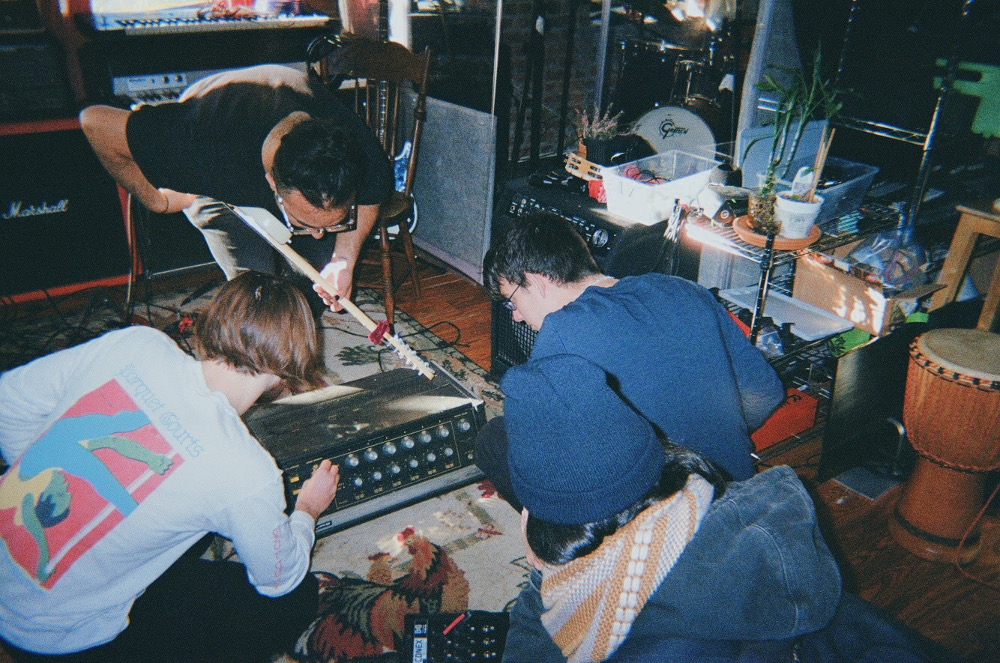
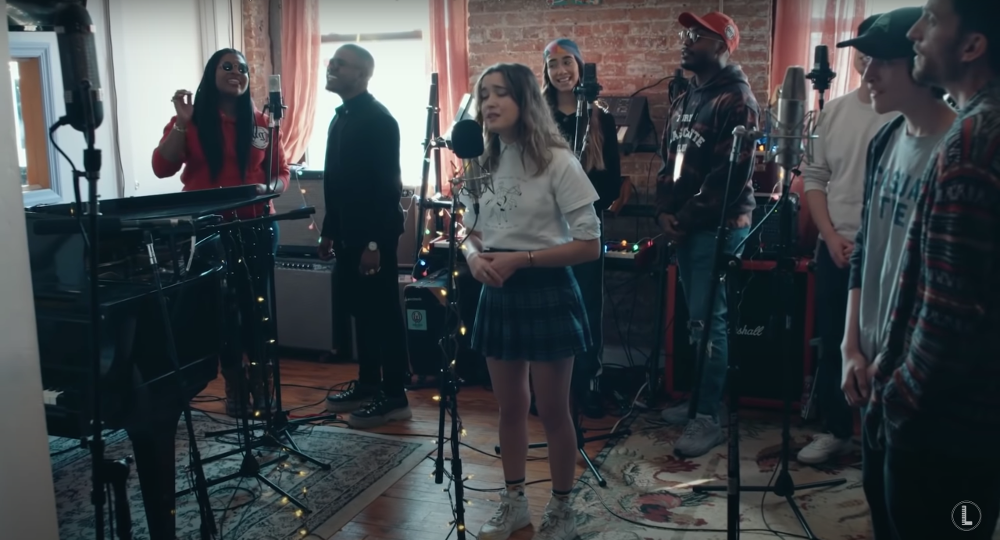
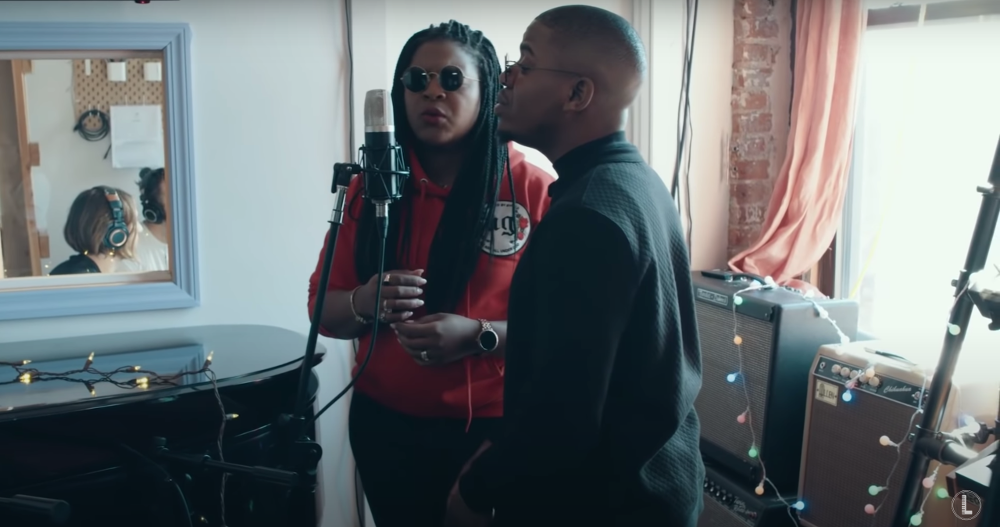
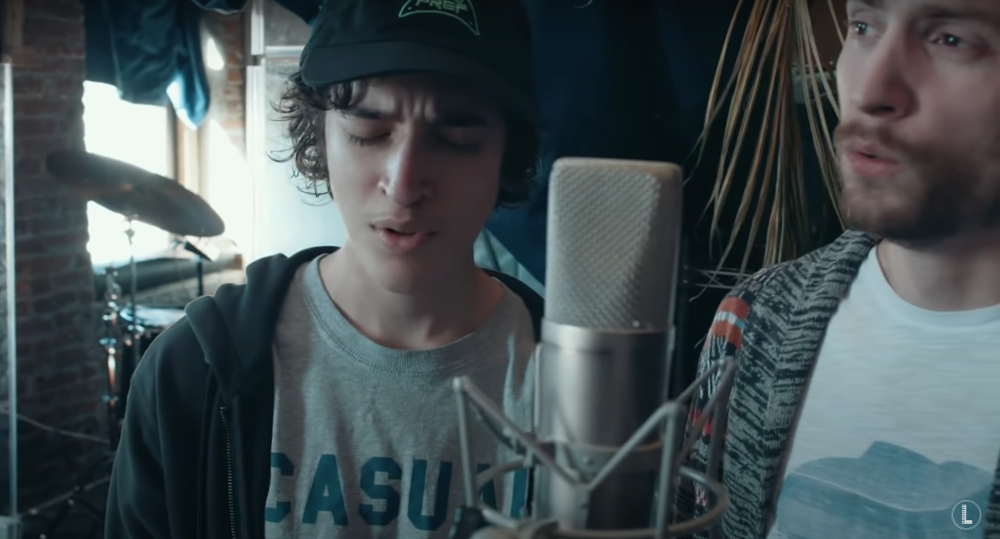
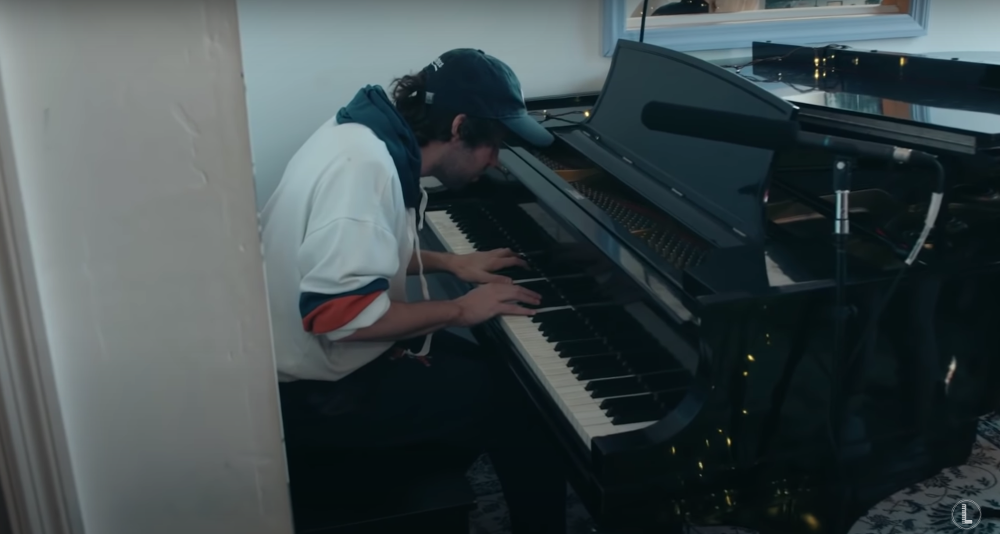
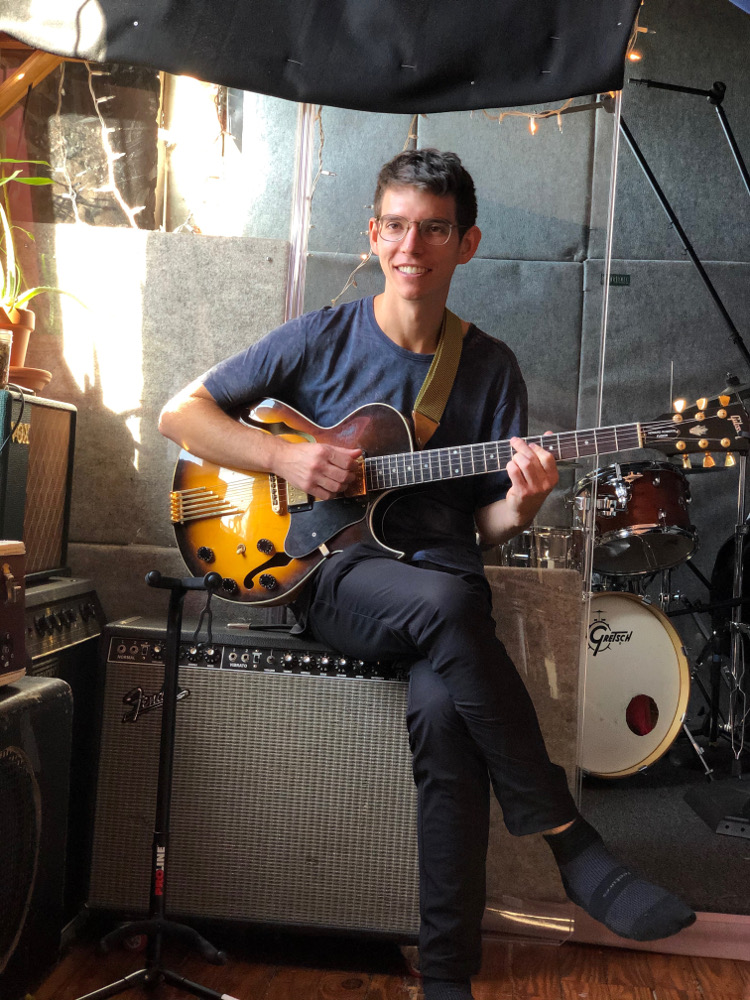
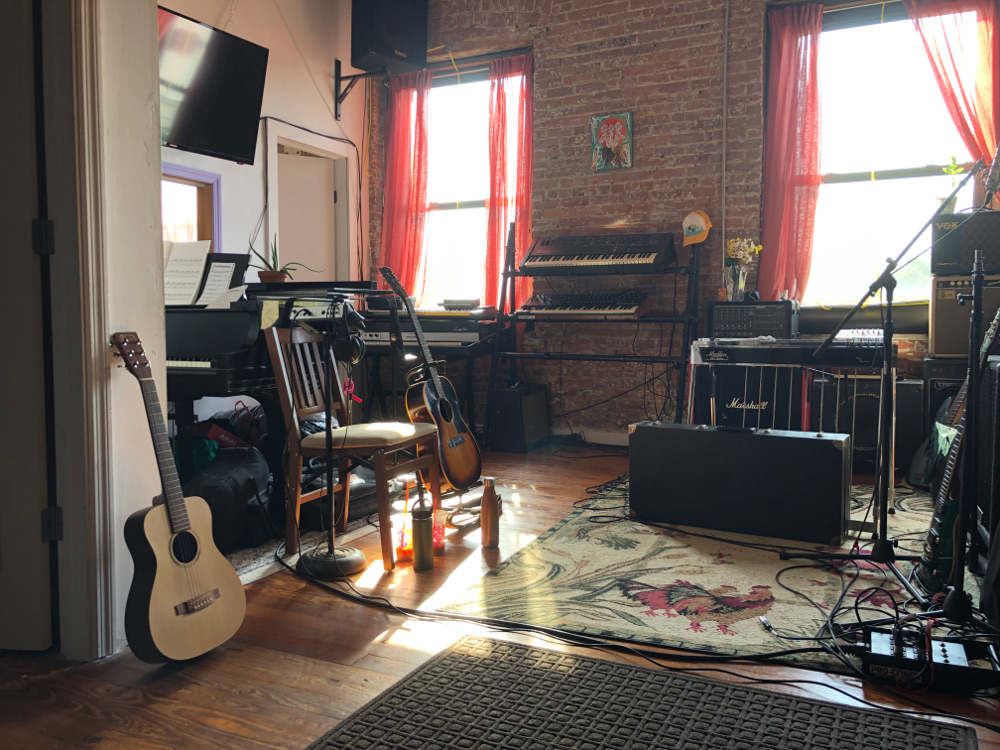
[…] News source […]
[…] Back in February, the band known as Lawrence, led Read more… […]